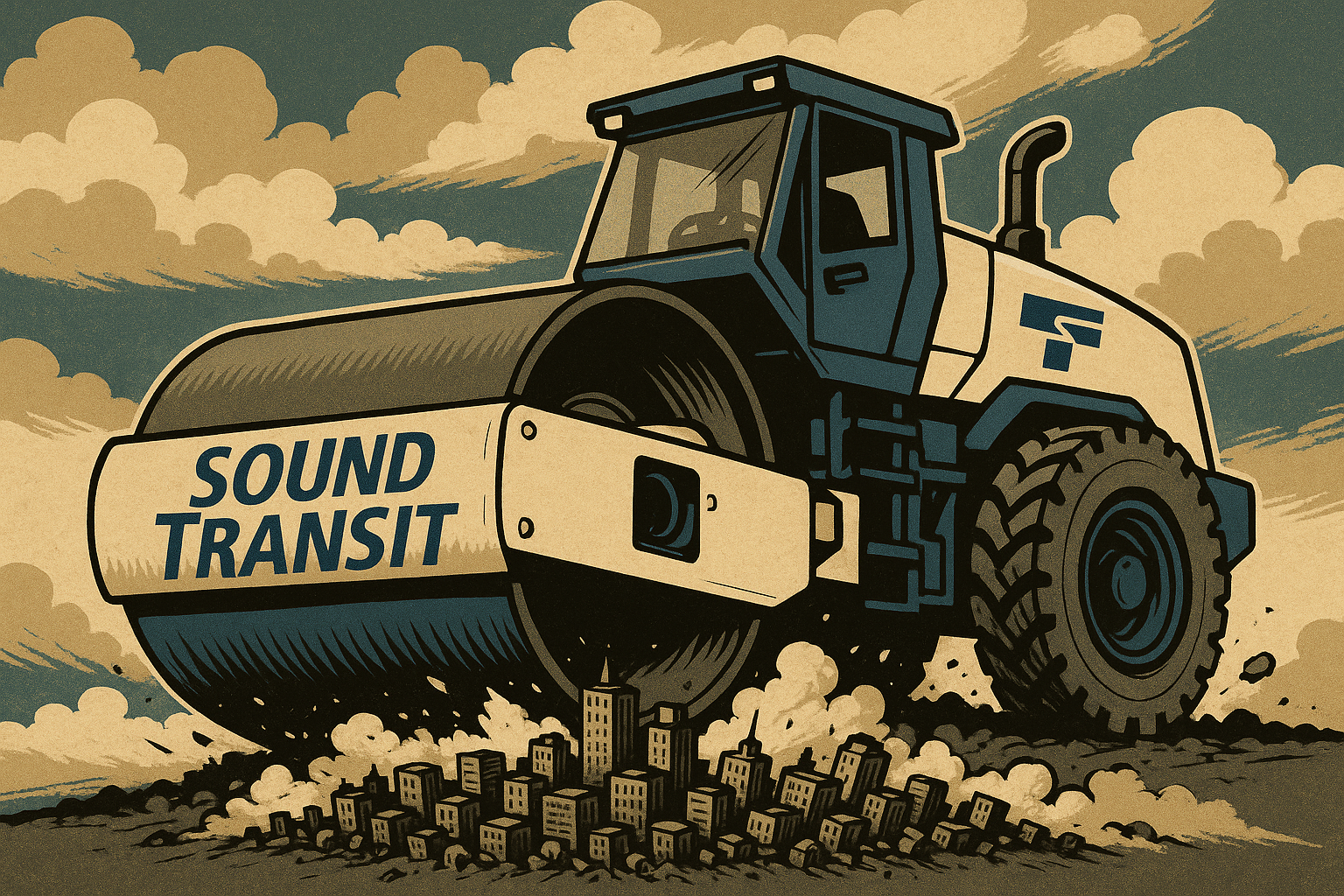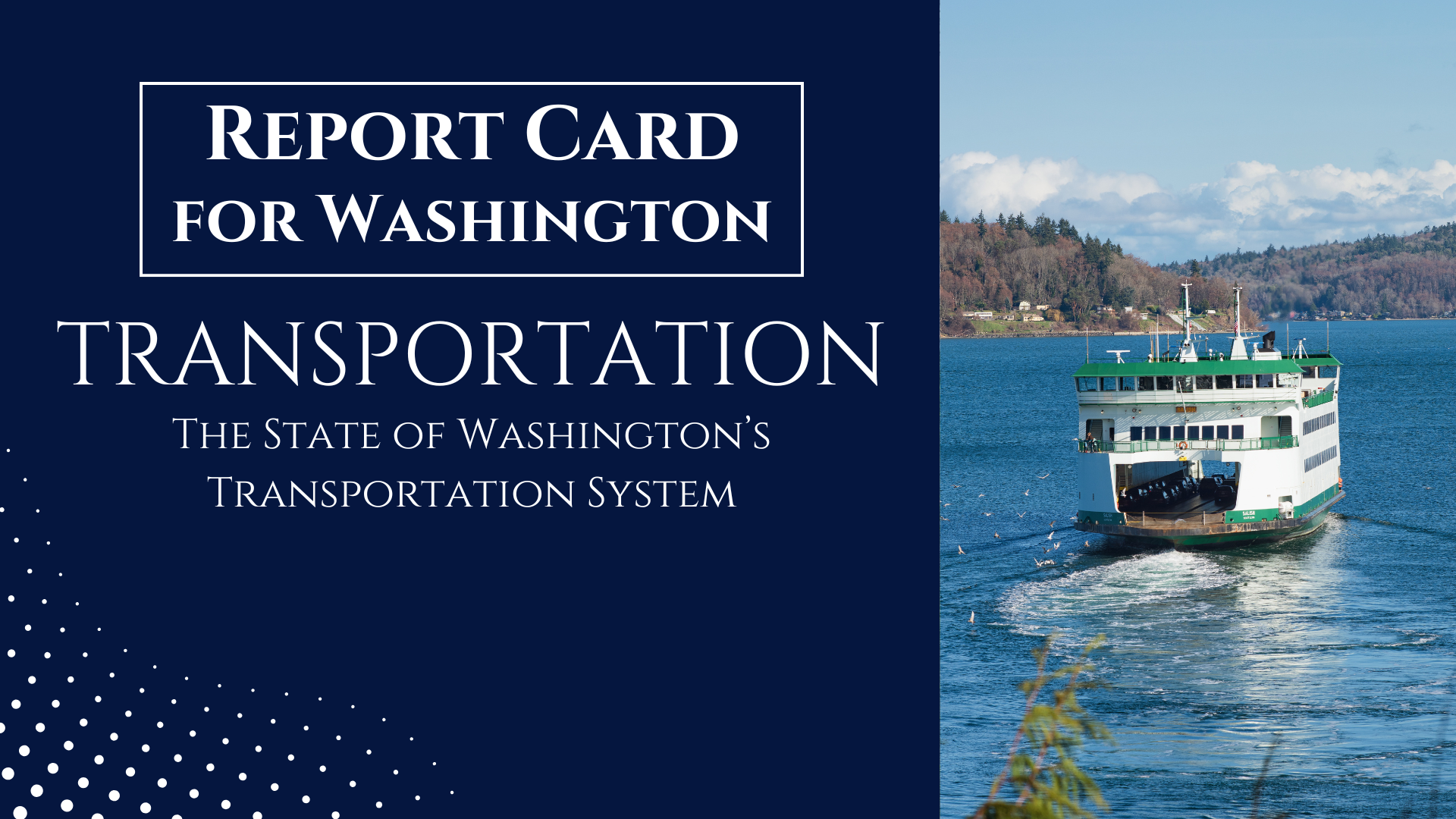Related Articles
The 2016 Biennial Transportation Attainment Report, prepared by the Washington State Department of Transportation (WSDOT) summarizes the state’s six broad transportation goals and evaluates whether progress has been made on the mandates in each area.
The broad policy goals are safety, preservation, mobility (congestion relief), environment, stewardship and economic vitality.
Congestion relief is one of WSDOT’s core responsibilities. Yet under the goal of mobility, WSDOT reports that annual delay per driver has not been reduced. According to the public agency, the delay “reached 7.7 million hours in 2015, increasing 91.2% from 4.0 million hours in 2011.” WSDOT measures this as an unmet goal.
Interestingly, the report states that “860 million vehicle miles were avoided in 2014 due to public transit,” which WSDOT measures as a success.
A few important details can be garnered from this data.
First, traffic congestion is getting worse. This certainly isn’t breaking news.
Second, contrary to what public officials often insinuate, public transportation and traffic congestion are entirely unrelated. However, the report states that 860 million vehicle miles a year would have been driven on highways were it not for transit. This is not a valid correlation.
The Federal Highway Administration (FHWA) offers a little more perspective, as the September 2016 traffic volume trends report shows that for the month of September alone, Washingtonians drove 5.7 billion miles. That’s roughly 68.4 billion vehicle miles traveled (VMT) annually, compared to the supposed 860 million miles avoided due to transit. In other words, all of transit across Washington state only “mitigated” 1.2% of actual VMT. Meanwhile, actual VMT increased by 4.8% in September of 2016 from September of 2015.
What does this mean?
Let’s say, based on the FHWA data, that people drive about 263 million miles per weekday. Transit supposedly saved 860 million vehicle miles last year, or 3.3 million miles per weekday. It would take nearly three months for transit to mitigate even one day of actual reported VMT.
More concerning is the fact that reducing vehicle miles through the use of public transportation is even a stated goal, when public transportation does not serve the purpose of reducing traffic congestion in the first place. It seems that if people chose to work from home to “avoid” adding to the vehicle miles traveled total, WSDOT officials would not care. That reduction matters only if they take transit instead. This suggests that reducing VMT is not WSDOT’s goal nearly as much as increasing transit use.
Needless to say, it would be good policy for WSDOT to not only have congestion reduction as a goal (which was a recommendation WPC strongly supported), but to next reinstate the performance metrics outlined in Governor Locke’s 2000 Blue Ribbon Commission, such as having traffic congestion and delay per driver be reduced and no worse than the national average. Not having a metric in place enables the agency to keep failing to meet their abstract goal of “delay reduction,” while routinely noting successes in increased toll transactions and “avoided annual VMT” through transit.
This matters because traffic congestion relief is a priority for the public and an enormous cost to the state economy - and thus should be a top priority for public officials.






